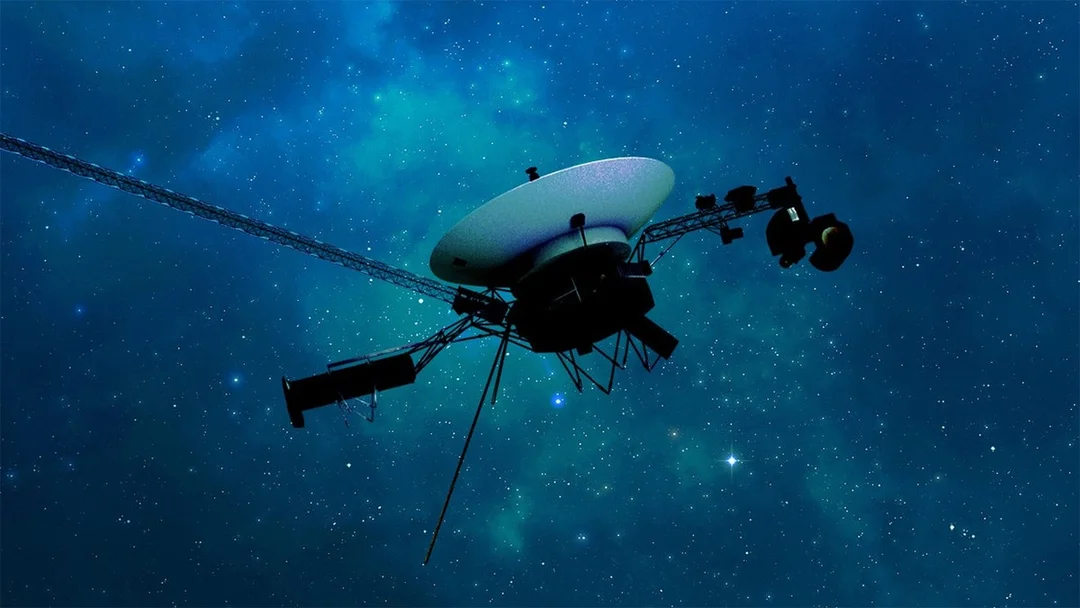
NASA’s Voyager 1: Lazarus Thrusters Revived After Two Decades, Ensuring Deep Space Communication
In an astounding feat of engineering, NASA has successfully revived a set of roll thrusters on the 47-year-old Voyager 1 spacecraft, thought to be defunct for two decades. This unexpected recovery is critical to maintaining communication with the probe as it explores interstellar space, nearly 15 billion miles from Earth.
The revival of these thrusters comes at a crucial time. According to NASA, the Voyager’s primary thrusters are showing signs of residue build-up that could lead to failure as early as Fall 2025. These smaller thrusters are essential for controlling the spacecraft’s orientation, ensuring its antenna remains aligned with Earth. Without this alignment, communication with Voyager 1 would be impossible.

"These antenna upgrades are important for future crewed lunar landings, and they also increase communications capacity for our science missions in deep space, some of which are building on the discoveries Voyager made," said Suzanne Dodd, Voyager project manager and director of the Interplanetary Network at JPL.
The decision to reactivate the dormant thrusters wasn't without risk. Engineers had to consider the possibility of an explosion if frozen fuel lines were reignited. Kareem Badaruddin, Voyager Mission Manager, explained that they needed to test the thruster without actually igniting it to prevent a catastrophic failure.
The challenge was further compounded by the scheduled shutdown of Deep Space Station 43, a vital antenna in Australia used to communicate with both Voyager spacecraft. With the antenna offline until February 2026 for upgrades, the window of opportunity to attempt the thruster revival was rapidly closing.
Fortunately, on March 20, the Voyager team received the encouraging news: the test of the primary roll thruster was successful. This lifeline allows Voyager 1 to continue its mission, gathering invaluable data about interstellar space.
Voyager 1 and Voyager 2, launched in 1977, have traveled farther than any other human-made objects. They have made groundbreaking discoveries, including a thin ring around Jupiter and previously unseen moons orbiting Saturn. As Matt Shindell, the space history curator at the Smithsonian's National Air and Space Museum, notes, the probes “gave us the best data” for the outer planets.
Even with the successful thruster revival, the Voyager team remains vigilant, addressing other aging-related issues that arise. The current mission team featured in the 2023 documentary “It’s Quieter in the Twilight.”
This remarkable story of ingenuity and perseverance underscores the enduring value of the Voyager mission. What other surprises await as these intrepid explorers continue their journey into the unknown? Leave your thoughts in the comments below!